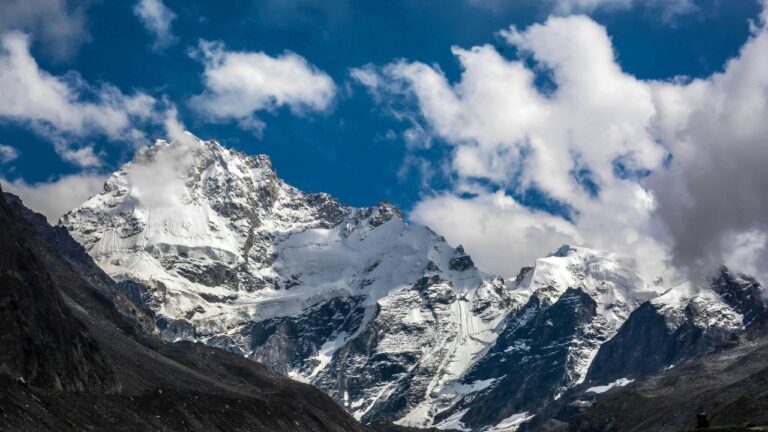
April brought intense heatwaves to Pune, with daily peak temperatures frequently reaching between 40°C and 43°C. Scientists from the Indian Institute of Science Education and Research (IISER) Pune have warned that these conditions may have breached critical environmental thresholds for elderly residents multiple times throughout the month.
Experts explain that the human body maintains a tightly regulated core temperature, essential for normal functioning. This regulation largely depends on sweat evaporation to cool the body. However, in extreme heat, the body struggles to maintain its temperature, especially when environmental conditions cross certain critical limits.
According to researchers, these ‘critical environmental limits’ vary with age — younger individuals can generally tolerate higher temperatures than older adults. Using detailed heat budget models, IISER Pune scientists found that, for people over 65, these thresholds were exceeded several times between 12 PM and 4 PM during April.
Alarmingly, milder but still dangerous conditions, where the sweat produced by the body cannot evaporate sufficiently, were found to last even longer — from around 9:30 AM to 6 PM on some days. This far exceeds the common public health advisory of avoiding outdoor activity only between noon and 4 PM.
The analysis also revealed that while direct critical limit breaches occurred between zero to four hours a day, conditions requiring excessive sweat rates persisted for three to eight hours daily when maximum temperatures topped 40°C.
Joy Monteiro, assistant professor at IISER Pune’s Department of Earth and Climate Science, emphasized the significance of these findings. “We are seeing conditions where elderly individuals cannot regulate their core temperatures for much longer periods, even in relatively green environments like our campus,” he said. “The situation is likely worse in hotter regions like Vidarbha, which reported multiple heat stroke cases this month.”
Monteiro further pointed out that while minor increases in core body temperature can happen naturally during physical exertion, undertaking manual labor or exercise in extreme heat significantly heightens the risk of heat stroke — typically when core temperatures climb beyond 40°C.
He also noted that maximum sweat capacity can decline not only with age but also due to factors such as diabetes, dehydration, and certain social behaviors. “For example, people sometimes deliberately avoid drinking water to minimize bathroom use, especially where sanitary facilities are poor. This behavior can increase vulnerability to heat-related illnesses even among the young,” Monteiro warned.
With extreme heat events appearing to become more frequent, scientists stress the urgency of adapting public health guidelines and raising awareness to protect vulnerable populations.






